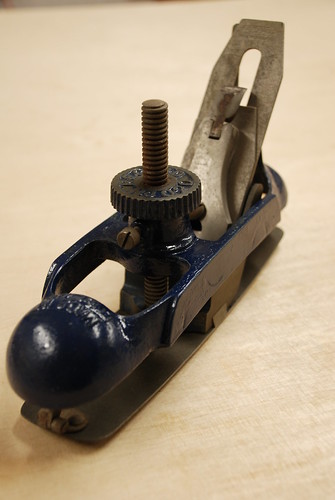So now I have some compound angle shapes to make and the only tool for the job for the finishing that I can see is a compass plane, only thing is I have never used one and know sweet fanny adams about them, i.e, cutting angles (do they change with the different amount of flex in the sole? and therefore what angle should I hone the blade at?) :?:
And does anyone have any recommendations for a make and type. I work mostly in Oak, and occasional other exotics, and hope to get a fair amount of use out of it, so quality first I suppose.
I have seen the Anant ones in the rutlands catalogue but cant make up my mind on the quality of them. I am expecting to go for an old Record, but if I'm missing a trick, please tell me. Thanks guys,
Decklan
And does anyone have any recommendations for a make and type. I work mostly in Oak, and occasional other exotics, and hope to get a fair amount of use out of it, so quality first I suppose.
I have seen the Anant ones in the rutlands catalogue but cant make up my mind on the quality of them. I am expecting to go for an old Record, but if I'm missing a trick, please tell me. Thanks guys,
Decklan


































